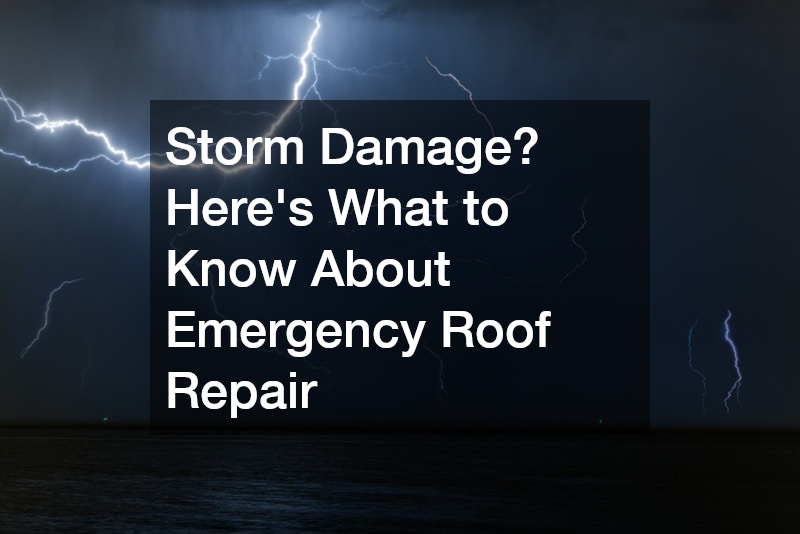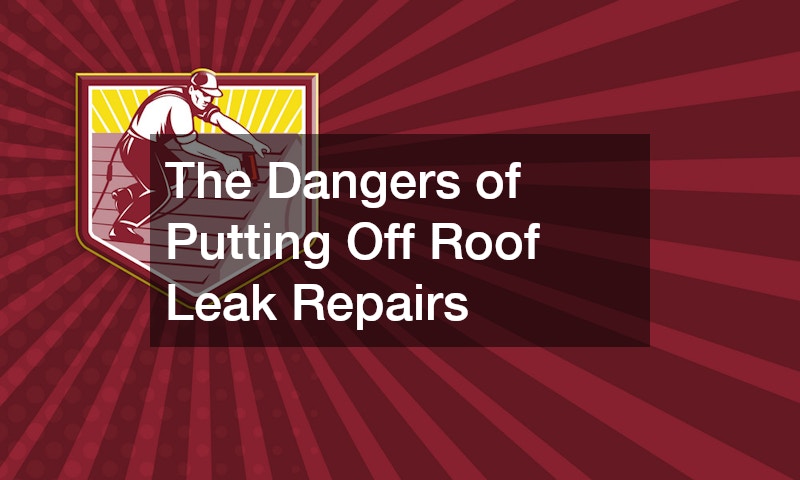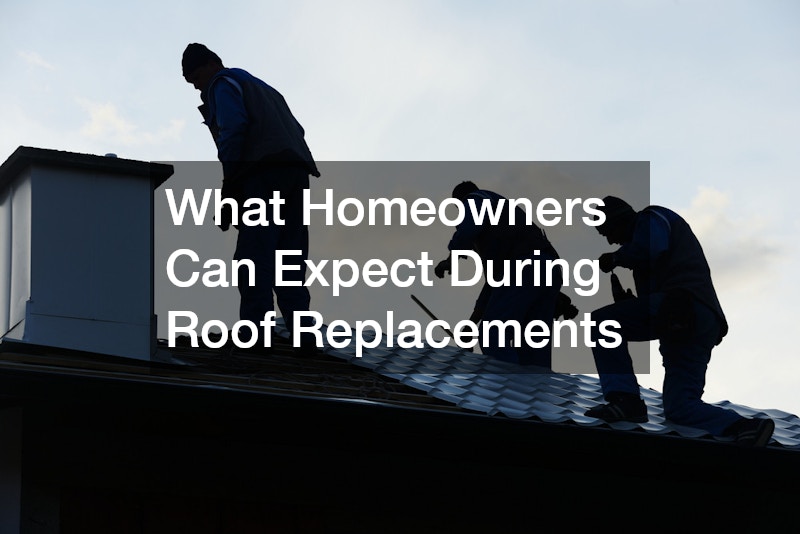Understanding how to handle roof damage after a storm is crucial for homeowners. This article explores common concerns and solutions regarding an emergency roof repair. Whether dealing with minor leaks or significant structural damage, knowing the right steps can help secure your home and reduce additional costs.
How to Identify Roof Damage After a Storm
Signs of Roof Damage
After a storm, homeowners should look for missing or damaged shingles, which are clear indicators of roof damage. Additionally, sagging areas in the roof can signal structural concerns that need immediate attention. Less obvious signs, such as water stains on ceilings or walls, shouldn’t be ignored as they often indicate leaks.
Other signs include shingle granules in gutters or downspouts, pointing to possible roof wear. Cracks or splits in shingles can also occur due to heavy winds or fallen branches, requiring thorough inspection. Wind and hail may cause dents and bruises to roof surfaces, requiring careful examination.
With the roof being a vital part of any building, understanding these indicators helps in initiating timely repairs. Early detection can prevent minor issues from escalating into costly repairs. Thus, being proactive can significantly protect your home’s structure and the belongings within.
Conducting a Safe Roof Inspection
Safety should be the primary concern when inspecting your roof after a storm. Use binoculars to inspect the roof from the ground if possible, minimizing the risk of climbing. If you must get on the roof, use a sturdy ladder and ensure it’s on a stable surface to prevent falls.
Remember to wear non-slip shoes for better grip and consider using a safety harness for extra protection. Avoid inspecting the roof in wet conditions or when there’s debris that may cause slipping. Bringing a companion to hold the ladder and assist can increase inspection safety.
Being cautious during inspections can prevent accidents and injuries. Ensuring safety also means understanding your limits and knowing when to call professionals for help. Sometimes, it is wiser to let experienced contractors handle the inspection.
When to Call a Professional
Recognizing when roof damage is beyond your expertise is crucial. If you notice extensive damage, such as large tree branches on the roof, it’s time to call in professionals. Persistent leaks or visible structural damage also warrant expert evaluation.
Professionals are trained to safely and effectively assess damage and recommend solutions. While small repairs might seem manageable, improper handling can lead to further damage and expenses. Expert contractors can ensure repairs are both efficient and durable.
Hiring professionals not only ensures safety but also guarantees proper repairs. Consider credentials and customer reviews when selecting a contractor to ensure you get a reliable service. An expert’s advice can save you money and ensure long-term roof integrity.
Steps to Take for Emergency Roof Repairs
Temporary Fixes to Minimize Damage
Temporary fixes can mitigate damage until a professional assessment can be made. Tarping a roof is a common solution to prevent water intrusion and further damage. Ensure the tarp is securely fastened to withstand weather conditions.
For small leaks, using a plastic sheet or duct tape as an immediate measure can prevent water damage inside. If a shingle is loose, securing it with roofing cement might help until replaced. Blocking entry points can also deter pests from entering through damaged areas.
By employing these temporary measures, you shield your home from further harm. These fixes can buy time until professional repairs become feasible. Homeowners must balance these quick fixes with timely, thorough repairs to maintain their roof’s integrity.
Filing an Insurance Claim
Filing an insurance claim is essential for coverage after roof damage. Document evidence of the damage with photos and detailed notes for submitting to your insurance company. An adjuster’s visit can further validate your claim, helping expedite processing and reimbursement.
Understanding your policy is vital, as different coverages and deductibles apply to various damage types. Prompt filing can ensure claim validity and prevent complications. Don’t hesitate to contact your insurance agent for clarification or assistance during the process.
Being meticulous with documentation can significantly influence the outcome of your claim. Insurance coverage often includes provisions for temporary housing if the home is uninhabitable. It’s crucial to maximize benefits while adhering to policy guidelines for stress-free claims.
Taking the right steps after storm damage can significantly affect the longevity of your roof and home safety. Being informed is key to managing and mitigating the impacts effectively. Preparedness involves understanding damage signs, and safety protocols, and leveraging professional expertise for quality repairs.
.





